- News
- Reviews
- Bikes
- Accessories
- Accessories - misc
- Computer mounts
- Bags
- Bar ends
- Bike bags & cases
- Bottle cages
- Bottles
- Cameras
- Car racks
- Child seats
- Computers
- Glasses
- GPS units
- Helmets
- Lights - front
- Lights - rear
- Lights - sets
- Locks
- Mirrors
- Mudguards
- Racks
- Pumps & CO2 inflators
- Puncture kits
- Reflectives
- Smart watches
- Stands and racks
- Trailers
- Clothing
- Components
- Bar tape & grips
- Bottom brackets
- Brake & gear cables
- Brake & STI levers
- Brake pads & spares
- Brakes
- Cassettes & freewheels
- Chains
- Chainsets & chainrings
- Derailleurs - front
- Derailleurs - rear
- Forks
- Gear levers & shifters
- Groupsets
- Handlebars & extensions
- Headsets
- Hubs
- Inner tubes
- Pedals
- Quick releases & skewers
- Saddles
- Seatposts
- Stems
- Wheels
- Tyres
- Health, fitness and nutrition
- Tools and workshop
- Miscellaneous
- Cross country mountain bikes
- Tubeless valves
- Buyers Guides
- Features
- Forum
- Recommends
- Podcast
£89.99
VERDICT:
Great at keeping tubeless tyres on the rim when flat, but the system isn't ideal for all
Tyre security
Unnoticeable while riding
Tyres are rideable when flat
Extra faff to mount
Removing tyre is difficult
Riding on a flat is still hard work
Weight:
21g
Contact:
At road.cc every product is thoroughly tested for as long as it takes to get a proper insight into how well it works. Our reviewers are experienced cyclists that we trust to be objective. While we strive to ensure that opinions expressed are backed up by facts, reviews are by their nature an informed opinion, not a definitive verdict. We don't intentionally try to break anything (except locks) but we do try to look for weak points in any design. The overall score is not just an average of the other scores: it reflects both a product's function and value – with value determined by how a product compares with items of similar spec, quality, and price.
What the road.cc scores meanGood scores are more common than bad, because fortunately good products are more common than bad.
- Exceptional
- Excellent
- Very Good
- Good
- Quite good
- Average
- Not so good
- Poor
- Bad
- Appalling
The Vittoria Air-Liner Road Tubeless inserts are designed to allow you to ride on if you lose pressure in your tyres. The system works, but it is a little tricky to fit and the system isn't suitable for every situation. That said, they're excellent at keeping the tyre on the rim.
Tubeless inserts are nothing new. They've existed for mountain bikes and gravel bikes for a number of years now, mainly because those disciplines have been much faster to adopt tubeless tyre technology than the road market.
> Find your nearest dealer here
For mountain biking and gravel riding, the point of a tubeless insert is as follows. First, they help to protect the rim against rock strikes. They also support the tyre's sidewall when running super-low pressures and that's great for grip, plus at those pressures the insert will help to stop the tyre from burping air. And finally, the damping qualities of the tyre are said to be improved. That's a whole load of functional benefits that you can take advantage of on each and every ride.
But what about on the road side of things? While pressures have been coming down with wider tyres, we don't run those super-low pressures of the off-road world. The answer to what the liner does on your day to day ride is... absolutely nothing. Yep, you can't tell that they're in there at all while you're riding along. When I raced on them at the weekend, the bike felt no different and I still finished mid-pack like the bang average rider that I am.
In fact, to start with, I was cursing them. Fitting this system adds some considerable faff to the setting up process and there are some considerations to make if you're using deeper wheels. There's also the question of what you'd do if you punctured the tyre beyond what the sealant could plug.
The Air-Liner is there to secure the bead of the tyre into the bead hook and it does a very good job of this. So good that getting the tyre off at the side of the road would be an absolute nightmare, and then if you did get it off, you've got a foam tube that is covered in nasty sealant to get home. It costs a lot of money and you can't fit it and an inner tube into the tyre, so what are you going to do with it?
If you do puncture a long way from home then you can keep riding the tyre, but it does feel like a very soft tyre. There is also the option of inflating as much as possible, riding until the tyre gets squishy and then inflating again. But essentially, there's no way to boot the tyre and stick an inner tube in as you usually would.
I'd suggest that if you already think that tubeless is too much bother for you, and believe me, I get that, then I'd suggest sticking with your inner tubes.
> Tubeless tyres: 14 hidden pitfalls you should try to avoid
So that's hardly a ringing endorsement, but before we get into installation, there is the matter of the one massive reason that you should go and buy these, and that is safety.
As I mentioned, the liner is there to keep the tyre bead seated in the bead hook, and it does a very good job, and should you suffer a sudden loss of air while riding fast you'll be thankful of that because these things are probably going to save you from crashing into a hedge.
A tyre with the Air-Liner installed can be ridden and, crucially, cornered on, at a decent speed. For the pros, it means they can ride the punctured tyre just like they would a tubular tyre. The tyre won't come off the rim, and so they can roll along while they wait for a replacement from the team car.
But punctures don't just happen to the pros, and they don't just happen in races either. Plenty of us who are just out for a nice ride or even tackling a sportive will puncture, and sometimes, that can happen on a descent at high speed. Having the ability to ride safely until you can stop is really worth it in my eyes.
Installation
In terms of installation, there are a few things to go over. First, they're available in three sizes, which correspond to your tyre size: S (25mm), M (28mm) and L (30mm). Second, and this is very important, don't go adding sealant before you put the Air-Liner into the tyre. That's a next-level mess that you don't want to clean up.
As with any system, the tyre goes on one side at a time. Then you need to put the valve in and then the Air-Liner needs to slide on with the other side of the tyre.
Sounds easy, but where with a normal tubeless or clincher setup the tyre bead can drop down into the rim well to make getting the tyre on easier, the Air-Liner is pushing it out, and the result is a tight installation of the tyre. You'll need levers. But once they're on, you reap the rewards of the tight initial fitting with easier seating of the tyre bead.
Add sealant through the valve, rotate the wheel to get it all around the tyre, and then you should find that the tyre inflates with a track pump.
To remove the tyre, you'll need the special tool (provided in the kit) or monumentally strong thumbs. The tool pinches the tyre together and then you are able to insert these special clips that prevent the Air-Liner from pushing the tyre bead back into the bead hook.
You can find more information on Vittoria's website.
How does it ride?
That's enough about fitting, how the system rides is what is important. Vittoria says that the Air-Liner adds no rolling resistance, and my personal impressions are of a fast system that works well with the Vittoria Corsa G2.0 TLR tyres used for testing (I liked the clincher/non-tubeless version of these when I tested them last year).
During a typical ride there is no indication that there is anything in the tyre, and that's great. My bike still feels fast and that's just the way I like it.
Rather than slash a brand new tyre, I simply let all of the air out to see how the Air-Liners work when running a hypothetical puncture. The tyres are a little squirmy underneath me and I have to say that I wouldn't want to do an alpine descent with them flat, but as you can see in the video below, I was cornering without the tyre rolling off.
If you've ever ridden a muddy cyclo-cross race, where you effectively let all of the air out of your tyres in a desperate attempt to find grip, this sort of feels like that.
For racing and short, fast rides I think these are a no-brainer. It's not a cheap upgrade – the kit here with two Air-Liners, the tool, valves and sealant is £89.99 – but they give you safety in the event of a blowout and there doesn't seem to be any sacrifice in performance or ride feel.
But for long rides, I'm not so sure. While you can ride a flat tyre with the Air-Liner, it is still a flat tyre, and pushing one along on the road is hard work. If you had a puncture a long way from home, you'd really be struggling to ride the deflated tyre all the way back. To put an inner tube in, you'd have to first get the tyre off, which is super hard without the special tool, and even if you managed it, you've then got a sealant-soaked foam tube to wrap around your shoulders like bike racers used to do in the old days.
Personally, I think a standard tubeless setup that allows the easier insertion of a tube is a better bet for long distances.
In conclusion, the Vittoria Air-Liner system works well at keeping the tyre on the rim when flat. It's great for tyre security in the event of a sudden loss of air, but it might not be suitable for everyone's riding.
Verdict
Great at keeping tubeless tyres on the rim when flat, but the system isn't ideal for all
road.cc test report
Make and model: Vittoria Air-Liner Road Tubeless Insert Kit
Size tested: S (25mm)
Tell us what the product is for and who it's aimed at. What do the manufacturers say about it? How does that compare to your own feelings about it?
Vittoria says: 'The legendary combination of durability, protection, and run-flat performance of Vittoria Air-Liners, made for your favorite tubeless-ready road tyres! The Vittoria Air-Liner system provides unmatched bump compliance and impact protection, while ensuring bead lock at lower pressures. In the event of air-loss, the Vittoria Air-Liner Road system is designed for run-flat use. The insert increases the safety of your tubeless set-up by keeping the tyre in place even in case of puncture - No risk to ride on the wheels! The Vittoria Air-Liner Road system is compatible with all tubeless road tyres on the market. The lightweight material absorbs no sealant, while the proprietary Vittoria tubeless valves eliminates valve clogging. Whether you are training, touring, exploring, or racing, the Vittoria Air-Liner Road system will provide peace of mind and protection for the ride ahead."
Tell us some more about the technical aspects of the product?
The Air-Liner Road bag contains:
One Air-Liner Road insert
Two Multiway valves
Rate the product for quality of construction:
8/10
Longer valves for deep wheels, please.
Rate the product for performance:
10/10
Rate the product for durability:
7/10
Rate the product for weight (if applicable)
6/10
Rate the product for value:
5/10
Tell us how the product performed overall when used for its designed purpose
When you haven't got a puncture, the system is unnoticeable. Fitting is more of a faff than usual, but it works perfectly when you do puncture.
Tell us what you particularly liked about the product
The system works well to keep the tyre on the rim.
Tell us what you particularly disliked about the product
You're not going to get the tyre off to put an inner tube in if you puncture a long way from home.
How does the price compare to that of similar products in the market, including ones recently tested on road.cc?
There are no other systems.
Did you enjoy using the product? Yes
Would you consider buying the product? Yes, for my race wheels.
Would you recommend the product to a friend? Yes, for racing or short rides.
Use this box to explain your overall score
These aren't suitable for all situations, but for racing and short, fast rides I think these are a no-brainer. They're great.
About the tester
Age: 24
I usually ride: Cannondale Supersix Di2 My best bike is:
I've been riding for: 5-10 years I ride: Most days I would class myself as: Expert
I regularly do the following types of riding: road racing, time trialling, cyclo cross, commuting, club rides, general fitness riding, I specialise in the Cafe Ride!
Latest Comments
- Surreyrider 16 min 39 sec ago
You're going to be writing that a lot in the coming months and years, unfortunately for you.
- mdavidford 52 min 27 sec ago
Not to mention, as below, as a policing area.
- mdavidford 1 hour 7 min ago
Ahem - other esporters(?) might be rather surprised to hear that the UCI has taken over their events - I think that would be the Cycling Esports...
- Bungle_52 1 hour 16 min ago
I wonder how he got to the game?
- OldRidgeback 1 hour 19 min ago
You'd need some good wet weather gear for that ride too.
- OnYerBike 3 hours 43 min ago
It seems to me that the most likely explanation is that whoever provided that quote fails to grasp the difference between a "public right of way"...
- andystow 3 hours 49 min ago
That article is far too kind to Moses. I highly recommend reading The Death and Life of Great American Cities. Despite the title, it applies to...
- chrisonabike 5 hours 46 min ago
Hub brakes have their own trade-offs. I actually liked the one I had for its particular application - in a "utility" bike where I didn't care...
- qwerty360 5 hours 57 min ago
Given that every other lime bike I see on my 1/week commute into london appears to have its rear light hanging off by the cable rather than mounted...
- jaymack 7 hours 41 min ago
Indeed but he's a can't. Can't be arsed to tell the truth, can't be arsed to build new Hospitals and can't be arsed to do anything for anyone save...






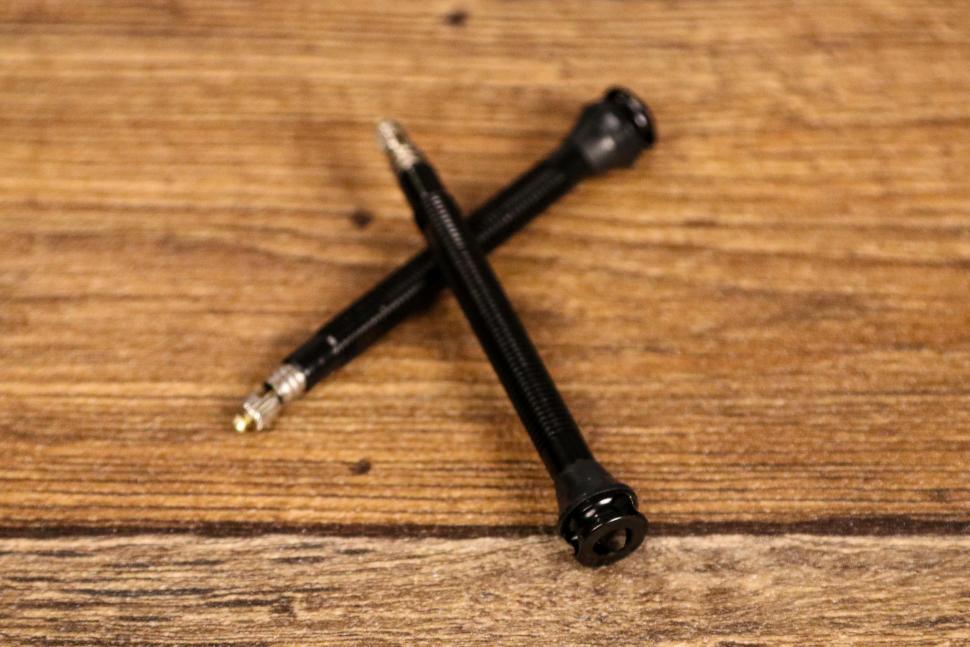
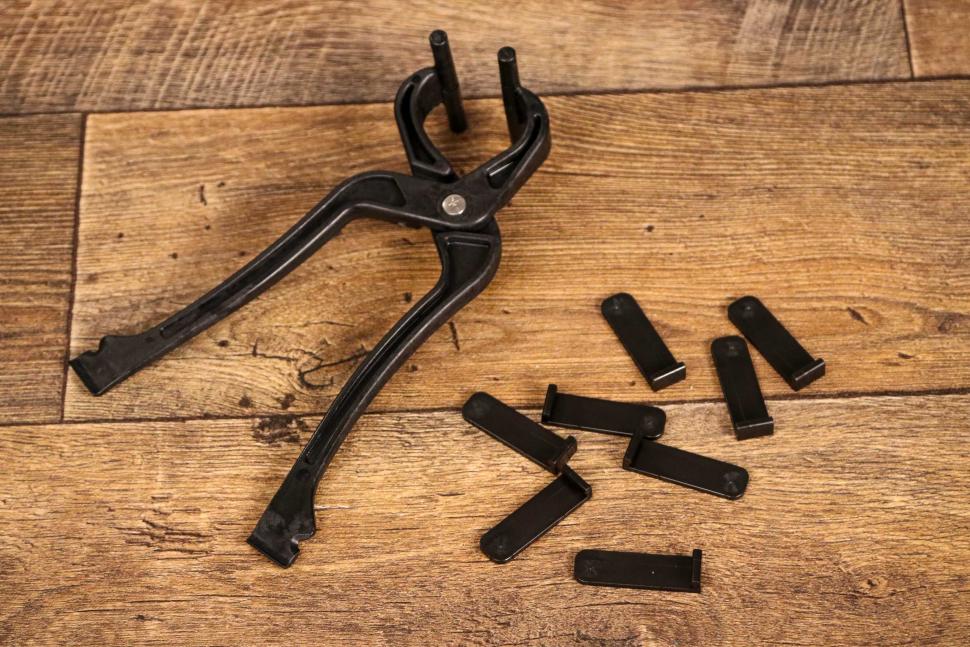

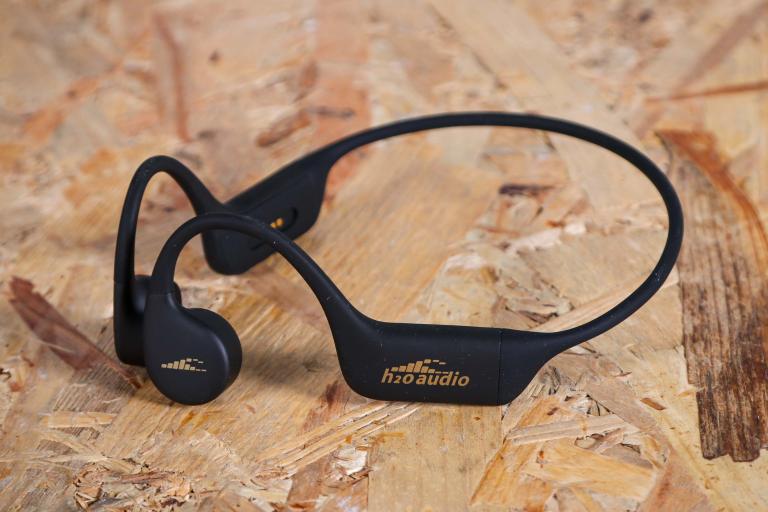
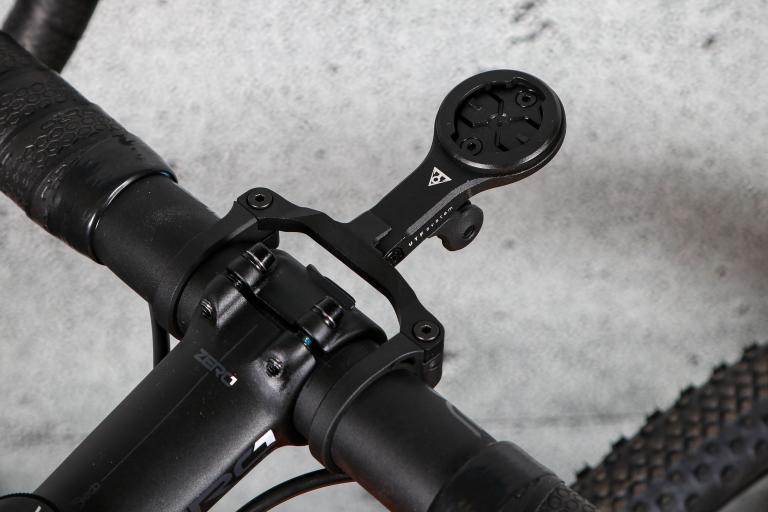
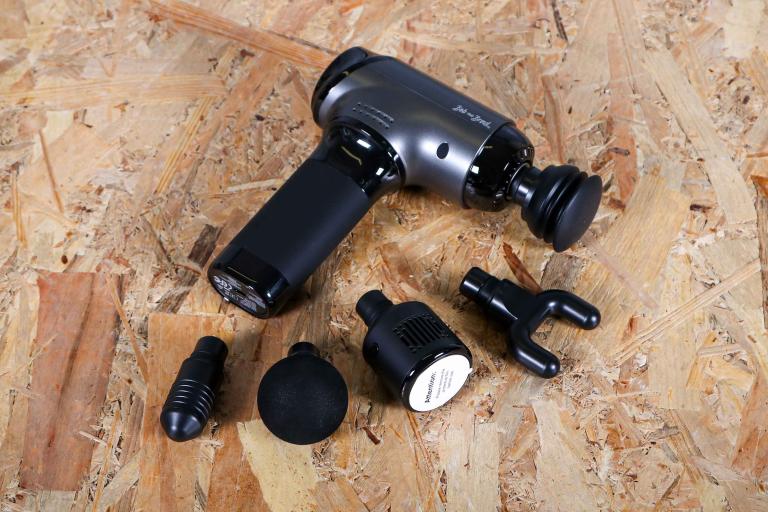
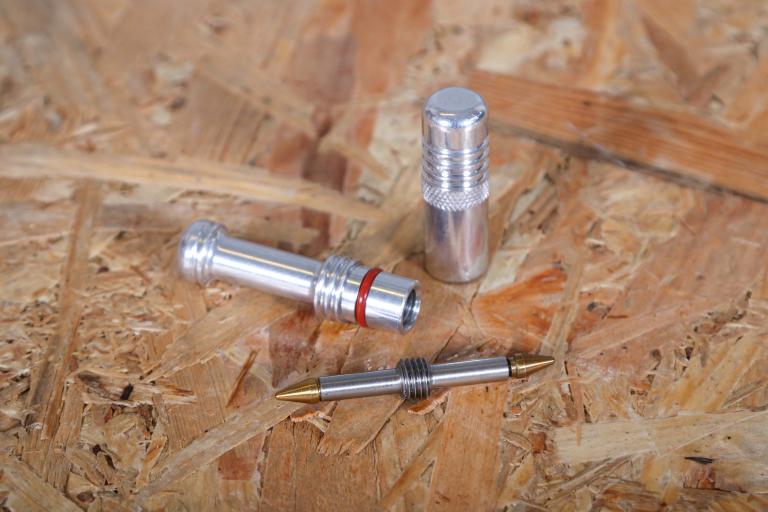
Add new comment
11 comments
I was curious about these and thought I'd try one out on my rear wheel. Unfortunately, they don't work with Milkit valves (or indeed ordinary tubeless valves) as the insert covers the end of the valve. I thought I'd try cutting the insert to leave a space for the valve, but unfortunately that left too much space (the insert's designed to be stretched a bit) which defeats the whole purpose of them as a flat would leave an unprotected section.
After fun fitting the broken insert, I rode with it but after some thought, I've now decided to stick with Milkit valves and no insert. I'm more likely to need to top up the sealant than to ride on a flat and I don't like the idea of trying to do anything with the tyre without the special tool. That special tool is great though - makes it really easy to get a powerful grip on the tyre.
I'm now wondering if it would work to drill a valve hole in the insert and possibly find some way to keep it aligned - that'd allow you to check/top-up the sealant easily.
I appreciate it doesn't have quite the convenience of the Milkit system, but did you try the included valves? From the article, they should be more-or-less as good as using normal tubeless valves as you can top up sealant through them even with the liner it-situ. Although I appreciate checking sealant levels still won't be quite as convenient.
No, I didn't try them, but I can see that they'd work fine as the air can flow through the sideways holes. It's rare that I get a puncture that doesn't seal so I think the extra hassle of inserts doesn't pay off for me, but it's the incompatibility with Milkit that's the deal breaker.
When the insert was in, there was no difference to the ride quality and I'd expect any difference to be more noticeable as my installation wasn't correct and thus had a missing section.
I also managed to snap one of the tyre/rim spacers, but I'd put that down to my own heavy-handedness.
Thanks for this, has saved me trying them out!
I really like the idea of being able to ditch the spare tube and just limp home on an insert but I'm not willing to give up the milkit valves to achieve that.
Good, thoughtful review. I have Rimpact inserts on my MTB because it's very easy to dent a rim off road. Wouldn't bother on a road bike. Gravel, maybe.
If I was worried about the safety aspect I just wouldn't run tubeless - though the only time I've had a tyre blow off a rim it was a clincher.
These appear to have a very limited function which is basically racing as you can roll to a pit area or have a team car give you a new wheel.
For us mere mortals I struggle to see the point, they just seem to add additional hassle.
Appears to provide a 'limp mode' in the event of a persistent puncture. Does not seem like one would want to cycle on a deflated tyre with this insert for very long, esp in a group scenario.
Appears only to cover the risk of a blow out at high speed (there's a poor chap on the forums at the moment that it happened to), but realistically how often do these happen? Once in a lifetime?
For me tubeless failures have come in 3 modes - stuff that just seals, stuff that eventually self seals after 90% all the air goes out, or stuff that tears and requires an inner tube and maybe a boot. All but 3 of my tubeless punctures have let me limp home on a half inflated tyre. 1 was an inner tube job, 1 was a plug job and 1 self sealed after the tyre fully deflated. Thats over about 6 punctures in total over 4-5 years of riding tubeless.
I dont think I'm the droid this solution is looking for.
If it happens once in a lifetime in the sense that it happening once can kill you or end your cycling career, maybe it is worthwhile. Most people it won't even happen once.
I think there's a place for these outside of racing- weirdly I think they're ideal for winter riding. I don't know about anyone else, but my winter riding consists of commutes (maybe not so much in the last year), and shorter rides (max around 60 km or so) where you're never too far from home. I hate having to sit by the side of the road in the cold and wet changing a tube. My body stiffens up and my hands get cold, The hands probably won't warm up for the rest of the ride, and I'm thoroughly miserable by the time I get home.
To me, having to pedal home on a squishy tyre so I can change it in some warmth and without cars splashing me with road muck / filling my lungs with exhaust fumes isn't a difficult choice.
I could get with that. Having these as standard on a folder or other type of commuter makes a lot more sense. My one pitch black puncture repair in winter at 6am precisely halfway between 2 points of civilisation still sticks in my head.
When I got a chance to check it out in daylight the offending object (a triangular flint chip) was till stuck in the tyre carcase and only the fact that I didnt pump the tyre up fully probably saved me from a double puncture.
Run flat tyes as strandard on folders and town bikes would probably be a strong sales pitch if they commoditised the technology a bit more.